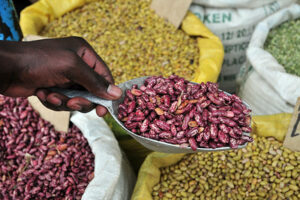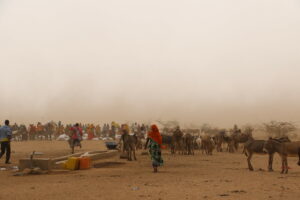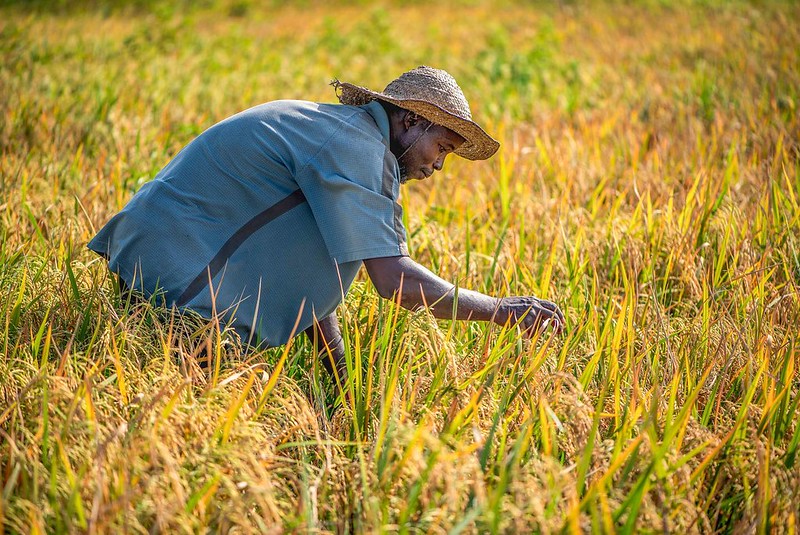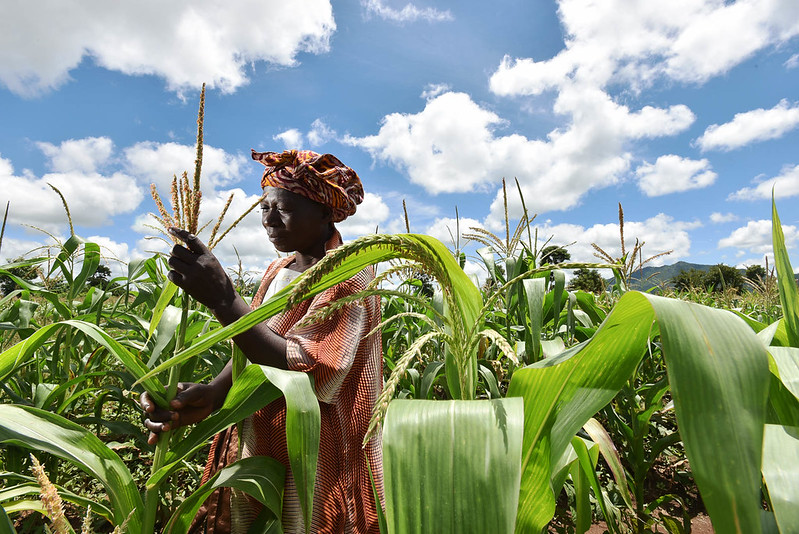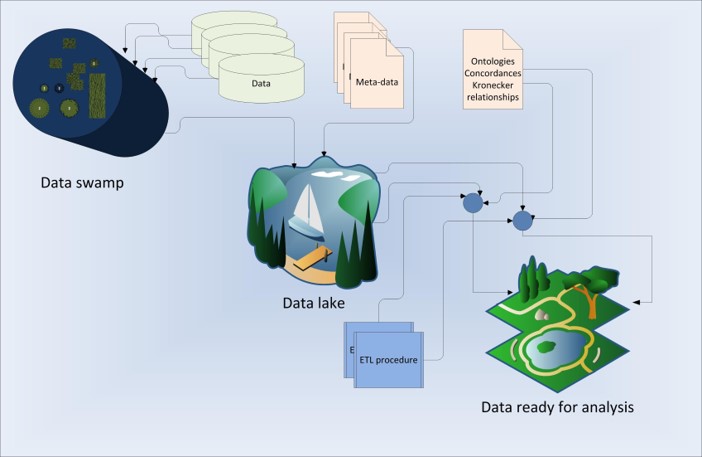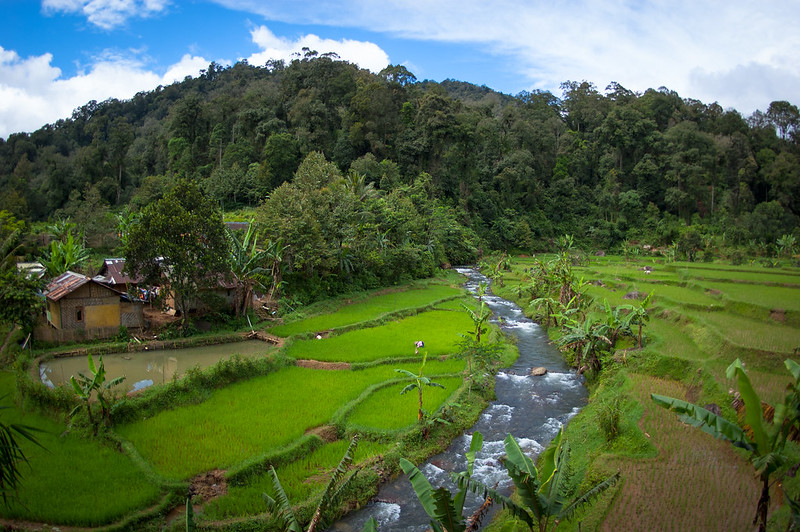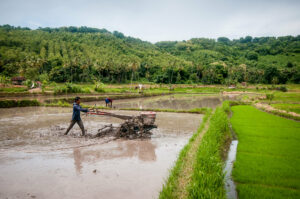Latest Posts
What do we know about the future of agri-food systems in Eastern and Southern Africa?
Repost from https://www.cgiar.org/news-events/news/what-do-we-know-about-the-future-of-agri-food-systems-in-eastern-and-southern-africa/ This post is part of a series developed by the Foresight Initiative around the question “what do we know about the future of food systems?” Visit the page: What do we know about the future of food systems…
Foresight Synthesis Briefs (1)
What do we know about the future of food, land, and water systems? Challenges related to poverty, hunger, nutrition, health, and the environment are widespread and urgent. One way to stress the urgency of making the right decisions about the future of the global food systems now is to better…
Income, consumer preferences, and the future of livestock-derived food demand
In recent decades there has been a sustained and substantial shift in human diets across the globe towards including more livestock-derived foods. Continuing debates scrutinize how these dietary shifts affect human health, the natural environment, and livelihoods. However, amidst these debates there remain unanswered questions about how demand for livestock-derived…
Disability-adjusted life years due to chronic and hidden hunger under food system evolution with climate change and adaptation to 2050
Climate change presents an increasing challenge for food-nutrition security. Nutrition metrics calculated from quantitative food system projections can help focus policy actions.To estimate future chronic and hidden hunger disability-adjusted life years (DALYs)—due to protein-energy undernutrition and micronutrient deficiencies, respectively—using food systems projections to evaluate the potential impact of climate change…
Modeling impacts of faster productivity growth to inform the CGIAR initiative on Crops to End Hunger
In 2017–2018, a group of international development funding agencies launched the Crops to End Hunger initiative to modernize public plant breeding in lower-income countries. To inform that initiative, USAID asked the International Food Policy Research Institute and the United States Department of Agriculture’s Economic Research Service to estimate the impacts…

